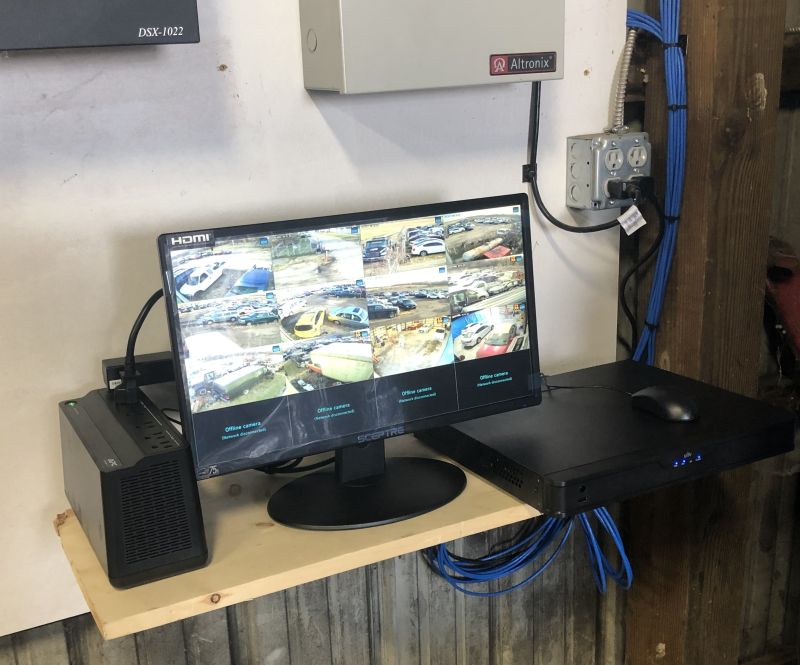Sure, let’s dive right into the world of coaxial cables, or as we like to call them, the unsung heroes of our digital lives. These little guys are the backbone of our audio, video, and data transmissions, and understanding them can be a game-changer. So, buckle up, and let’s get started!
What’s the Deal with Impedance?
Impedance, measured in ohms, is the measure of opposition to an alternating electrical current (AC) flow in a circuit. It’s a bit like traffic control for electricity, including both resistance and reactance. Resistance is the measure of opposition to the flow of direct current (DC), while reactance is the measure of opposition to the flow of an alternating current (AC) in a circuit that contains capacitance or inductance.
Coaxial Cables: The Basics
Coaxial cables, or coax cables, are designed to transmit high-frequency signals with minimal loss of power. They’re like the highway system for your data, ensuring that everything gets where it needs to go, fast and with minimal fuss. They’re constructed of a center conductor, insulation, a metallic shield, and an outer sheath. The center conductor carries the signal, while the shield minimizes electromagnetic interference from outside sources.
The characteristic impedance of a coaxial cable is determined by its geometry, specifically the ratio of the diameter of the center conductor to the inside diameter of the shield. This ratio is known as the cable’s impedance, and it’s expressed in ohms. Impedance is an important factor in coaxial cables because it affects signal quality and transmission efficiency.
50 Ohm vs. 75 Ohm Coaxial Cables: What’s the Difference?
Coaxial cables come in different impedance ratings, with the most common being 50 ohm and 75 ohm. While both types can carry high-frequency signals, they have different applications and are not interchangeable.
50 Ohm Coaxial Cables are the workhorses of computer networks, wireless communications, and amateur radio equipment. They’re suitable for digital and analog signals and can handle higher power levels. They typically have a solid core conductor.
On the other hand, 75 Ohm Coaxial Cables are the stars of audio/video applications, such as cable and satellite TV, and CCTV. They’re designed for analog signals and typically have a stranded core conductor. They’re less resistant to electrical interference but can transmit signals up to 50 ft with any installation.
Choosing the right type of coaxial cable for your application is crucial to ensure optimal signal transmission and prevent damage to your equipment.
Wrapping Up
Impedance is a critical factor to consider when choosing a coaxial cable for your application. A 75 ohm coaxial cable is designed for analog audio and video signals, while a 50 ohm coaxial cable is suitable for digital and analog signals in computer networks and amateur radio equipment. By understanding the differences between these two types of cables, you can select the right one for your needs and ensure reliable signal transmission.
So, next time you’re in the market for a coaxial cable, remember: it’s not just about the price tag. It’s about understanding the specs and making an informed choice. After all, in the world of digital communications, every ohm counts!






0